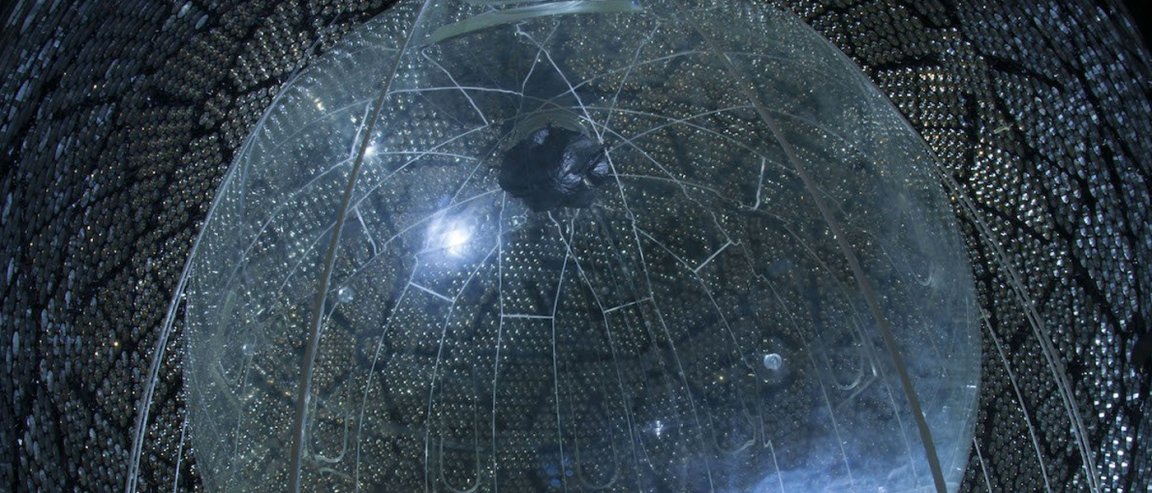
The hunted
Neutrinos are one of the most fascinating fundamental particles, mainly because they are so elusive. These barely detectable particles are almost massless and don’t interact with most anything. Studying neutrinos is not easy, and even less easy is studying a theoretical subset of the particles: sterile neutrinos.
Sterile neutrinos were initially proposed as a way to explain the Los Alamos National Laboratory experiments in the 1990s in which scientists discovered neutrino oscillations, the ability of neutrinos to change from one flavor to another. Based on what they expected from these potential particles, scientists determined a range of possible physical properties for sterile neutrinos, including their expected mass, but hadn’t yet actually confirmed their existence.
Now, by comparing the results of experiments at the Main Injector Neutrino Oscillation Search (MINOS) at the Fermi National Accelerator Laboratory (Fermilab) and the Daya Bay Reactor Neutrino Experiment in China with the measurements taken from the Los Alamos experiments, scientists have collectively ruled out much of that range where the sterile neutrinos could be hiding.

The hunters
New technology and collaborative efforts between organizations like MINOS and Daya Bay only increase the potential for breakthroughs in particle physics. The hunt for fundamental particles like sterile neutrinos and the work of laboratories involved in particle acceleration, like CERN’s Large Hadron Collider (LHC) and Fermilab, are all continuously expanding our knowledge of the field and the physical world in general.
Despite not having much in terms of confirmation, the search for sterile neutrinos will continue, without a doubt. Researchers in Fermilab’s Short-Baseline Neutrino Program are continually collecting data, targeting particles in the range where sterile neutrinos could still be hiding, so the hunt isn’t over — the field has just gotten smaller.
